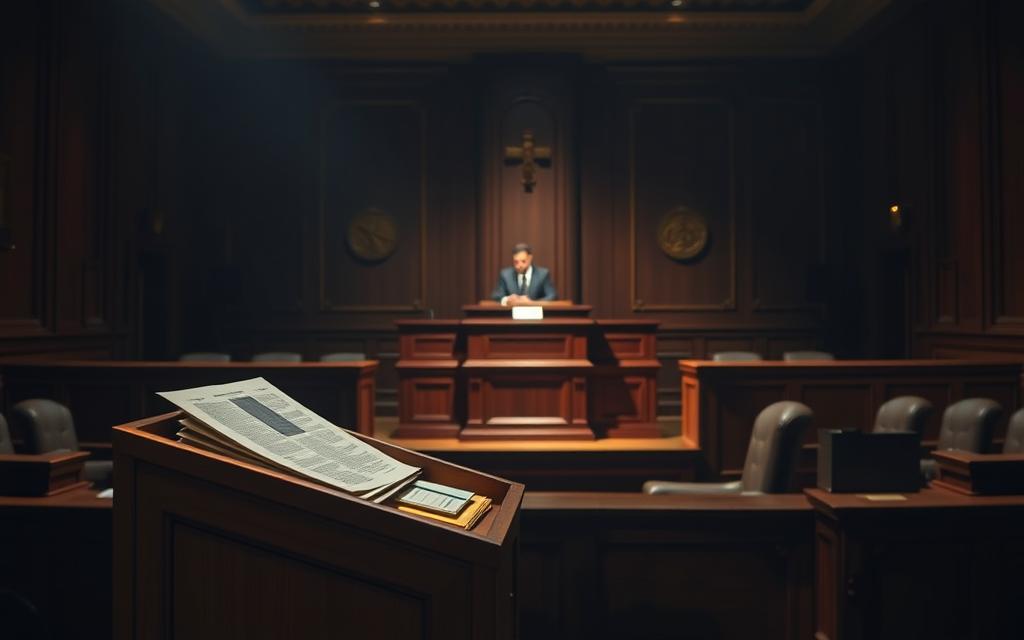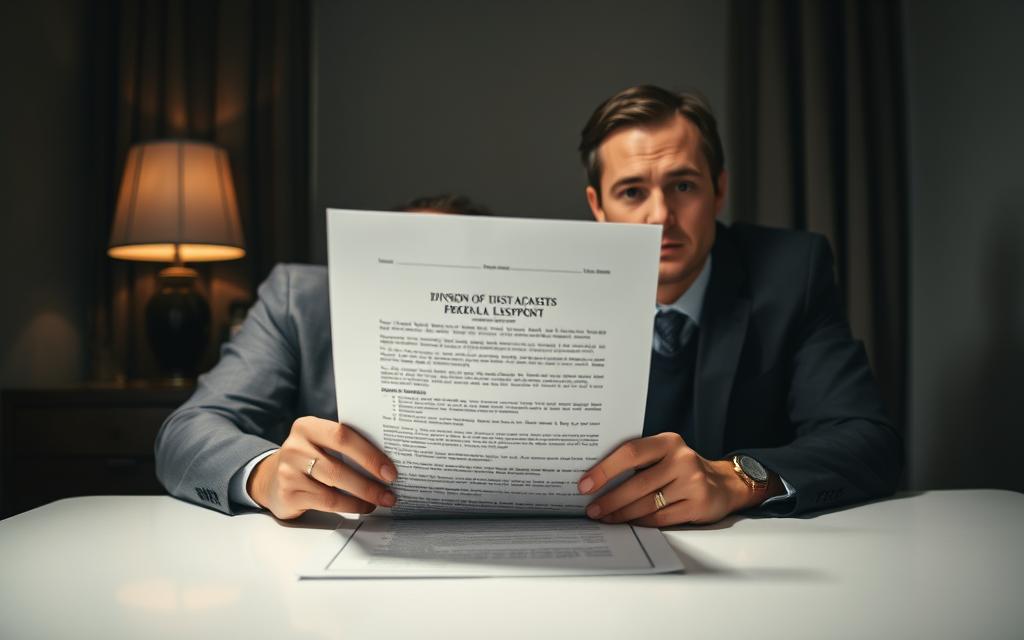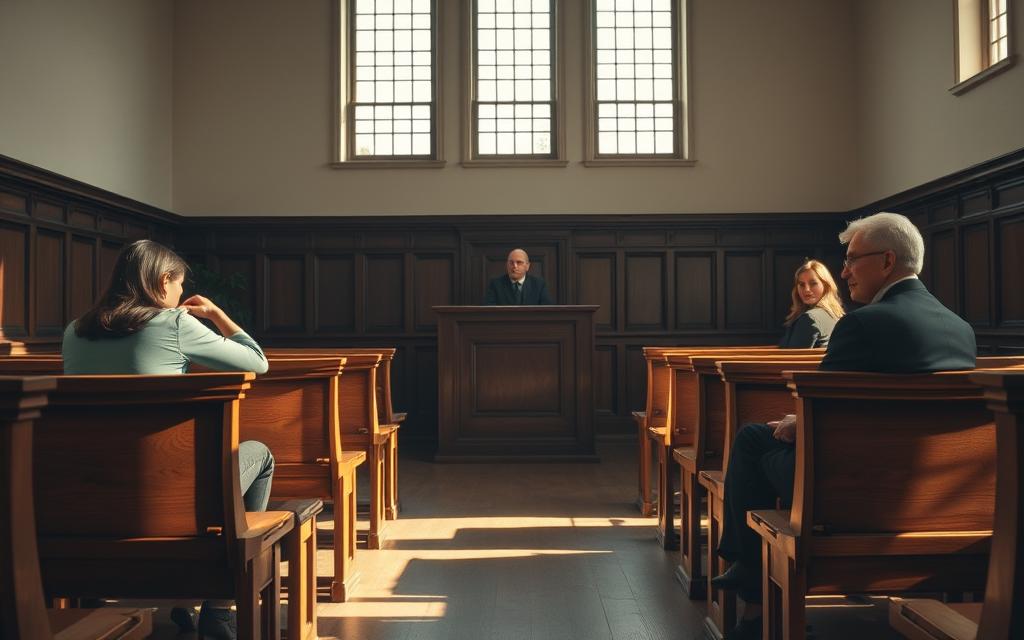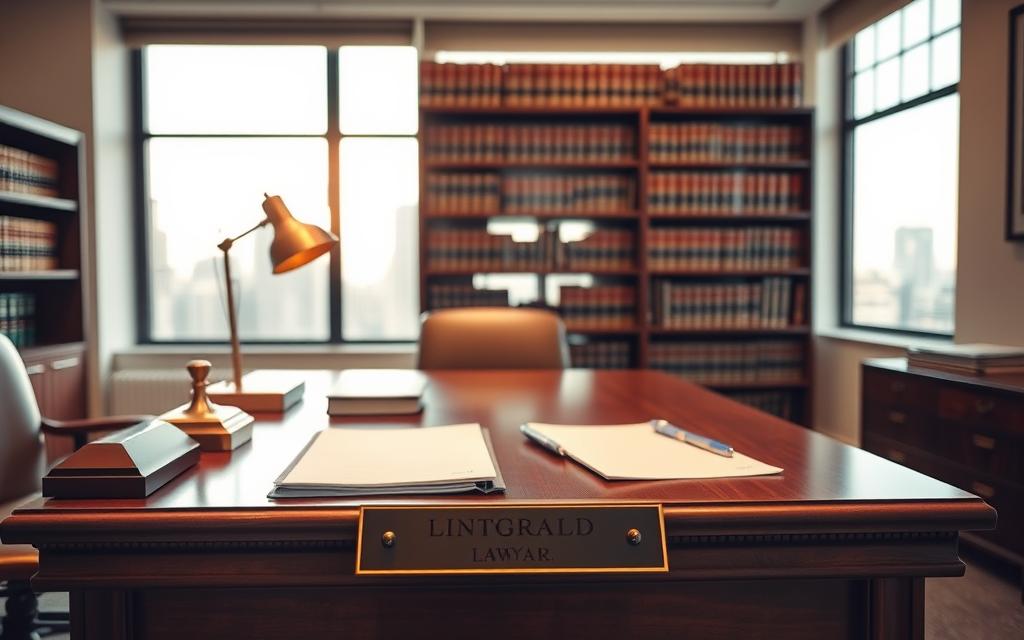When trust breaks down in a marriage, emotions run high. But if you suspect your spouse has been unfaithful, gathering concrete evidence becomes critical—especially when navigating divorce proceedings. While every situation is unique, courts in many states may consider adultery when making decisions about alimony, property division, or child custody.
Why does documentation matter? Without clear proof, claims about cheating often turn into “he said, she said” scenarios. Text messages, emails, or warning signs your partner might be can help build a factual case. However, not all evidence holds equal weight legally.
For example, photos or financial records showing secret spending might influence how assets get divided. Similarly, proof of a long-term affair could affect custody arrangements if it impacts parenting stability. But laws vary widely—some states label adultery as “fault” grounds for divorce, while others focus solely on no-fault options.
This is why working with a qualified attorney matters. They’ll explain what counts as valid proof in your area and how it might shape your case. Up next, we’ll break down state-specific rules and share practical tips for protecting your rights during this challenging time.
Understanding the Legal Landscape of Infidelity
While every relationship faces challenges, extramarital affairs introduce unique complexities that ripple through both personal and legal realms. To navigate this terrain, it’s essential to grasp how courts define misconduct and assess its role in dissolving marriages.
Legal definitions and standards
Adultery isn’t a one-size-fits-all term legally. Most states define it as voluntary sexual intercourse between a married person and someone who isn’t their spouse. However, evidence standards vary—some regions require “clear and convincing” proof, while others accept circumstantial clues like unusual spending patterns or deleted messages. For example, a detailed analysis of state-specific laws reveals that New York demands concrete evidence, whereas Texas may consider emotional affairs under certain conditions.
Impact on divorce proceedings in the United States
In fault-based states, proving a spouse’s infidelity can influence alimony awards or property splits. Yet even in no-fault states, evidence of cheating might sway judges when evaluating parenting stability or financial honesty. A recent study found that 23% of contested divorces involving adultery saw adjustments to asset division. Family law attorneys often stress documenting timelines and financial impacts, as courts prioritize how actions affected the marriage’s practical aspects over emotional wounds.
Understanding these nuances helps set realistic expectations. Next, we’ll explore what types of evidence hold up in court and how to present them effectively.
Establishing Legal Proof of Infidelity
Building a solid case requires understanding what courts accept as valid documentation. Judges often look for patterns that directly connect to extramarital behavior rather than assumptions. This means gathering materials that leave little room for doubt.

What Holds Up in Court?
Photos showing intimate moments or shared vacations might help, but they’re rarely enough alone. Pair them with hotel receipts, credit card statements, or messages confirming plans. For example, a series of late-night texts combined with unexplained expenses could strengthen your position.
Witness testimony adds weight too. Friends, coworkers, or private investigators might confirm suspicious activities. However, some states restrict recordings made without consent—always check local laws before collecting audio or video.
Courts typically require clear and convincing evidence to consider adultery in divorce rulings. This might include:
- Time-stamped communications
- Financial trails (gifts, hidden accounts)
- Third-party verification
In fault-based states, meeting this standard can affect alimony or asset splits. Even in no-fault areas, showing how cheating harmed the family’s stability might influence custody decisions. Always work with professionals to ensure your documentation aligns with regional requirements.
Gathering and Presenting Evidence
Building a persuasive case hinges on knowing which evidence types courts prioritize. Judges look for materials that clearly demonstrate patterns rather than isolated incidents. Organization is key—categorize findings to show how they connect.

Direct Evidence: Photos, Recordings, and Witness Testimony
Tangible proof like photos of intimate moments or voice recordings can strengthen claims. However, some states restrict secret recordings—always verify local laws first. Witness accounts from friends, neighbors, or private investigators often add credibility.
For example, a coworker confirming lunch meetings with a partner’s affair could support credit card receipts from nearby hotels. Pair time-stamped texts with verifiable details like location data for stronger impact.
Circumstantial Clues: Financial Trails and Communications
Bank records revealing unexplained withdrawals or gifts to a third party often speak volumes. Look for patterns—repeated charges at specific venues or sudden changes in spending habits. Credit card statements showing hotel bookings during work trips might align with deleted messages.
Social media activity can also help. Posts tagged at locations matching receipts or messages archived through screenshots create a timeline. Organize these materials chronologically to highlight inconsistencies in your spouse’s story.
While direct proof carries weight, combining both approaches builds an airtight narrative. Always consult professionals to ensure your evidence meets regional standards before filing.
Implications on Marriage, Assets, and Spousal Support
Does cheating affect who gets what in a divorce? While emotions dominate personal relationships, courts focus on how financial decisions during the marriage impact fair outcomes. This becomes crucial when dividing assets or determining support payments.

Adultery’s influence on asset division and community property
If marital funds financed an affair—like hotel stays or gifts—judges may award the wronged spouse a larger share. For example, a spouse who drained joint accounts for secret vacations might see their portion reduced. States with community property laws often treat such spending as mismanagement of shared resources.
How infidelity affects alimony and spousal support
Some states consider adultery when awarding support. If one partner’s affair caused financial harm (like job loss due to workplace relationships), courts might adjust payments. However, 15 states bar alimony to spouses who cheated—unless denying support creates unfair hardship.
Key factors courts examine:
- Duration of the affair
- Use of shared income for affair-related expenses
- Impact on family stability
Always consult local laws—a $500 dinner charged during an affair might sway an Arizona judge differently than one in Florida. Proper documentation helps turn raw emotions into actionable facts.
Child Custody and the Role of Children
Parental decisions during divorce carry lasting echoes, especially when kids are involved. Courts prioritize child custody arrangements that maintain stability, even when one spouse’s actions strain family dynamics. Let’s explore how these delicate situations unfold.

Impact of Infidelity When Young Children Are Involved
Judges often frown upon exposing minors to adult conflicts. Introducing a new partner too quickly or discussing affair details around kids could affect custody decisions. For example, a parent who brings children to meet an affair partner might face reduced parenting time.
Courts may impose sanctions if actions harm a child’s well-being. This includes:
- Limiting overnight guests during visitation
- Requiring supervised exchanges
- Mandating co-parenting counseling
Assessing the Best Interests of the Child
Every custody case revolves around one question: What serves the child’s needs best? Judges evaluate:
- Consistency in daily routines
- Emotional bonds with each parent
- Safety from inappropriate influences
While legal custody determines decision-making rights, visitation focuses on maintaining relationships. A cheating spouse might retain access unless their behavior directly endangers the children. Documenting specific incidents helps courts separate personal hurts from genuine parenting concerns.
Remember—keeping kids out of adult conflicts remains crucial. Focus on creating environments where they feel secure, loved, and free to thrive.
Navigating No-Fault vs Fault-Based Divorce
Choosing between no-fault and fault-based divorce shapes your entire legal journey. While 38 states allow no-fault options like irreconcilable differences, others require specific reasons like adultery or abandonment. This decision impacts timelines, costs, and potential outcomes.

Understanding the Differences and Legal Advantages
No-fault divorces focus on statements that the marriage can’t be saved—no blame required. This speeds up the divorce process and reduces conflict. Fault-based cases demand proof of wrongdoing, like an act of adultery. In states like New York, proving fault can lead to larger asset shares or altered spousal support.
When Proving Adultery May Alter Divorce Outcomes
If you file divorce citing adultery, courts examine how the affair impacted finances or parenting. Secret vacations funded with joint savings? A judge might award the wronged party more assets. Key factors include:
- Duration of the affair
- Use of marital funds
- Impact on children’s stability
Even in no-fault states, evidence of cheating can influence custody arrangements. Always consult local laws—what sways a Texas judge might not matter in California.
Consulting with Attorneys and Legal Experts
Navigating divorce after a partner’s unfaithfulness feels overwhelming, but you don’t have to do it alone. A skilled family law attorney becomes your roadmap through complex paperwork and courtroom strategies. They’ll help translate raw emotions into organized facts that judges understand.

How a Family Law Attorney Guides Your Case
Lawyers specializing in marital disputes know how to spotlight patterns. For example, they might connect credit card statements showing hotel charges to text messages arranging meetups. Attorneys also advise on state-specific rules—like whether secret recordings hurt or help your case.
They’ll help prioritize evidence like:
- Bank records proving hidden spending
- Witness testimony about unusual behavior
- Digital trails (emails, social media activity)
Modern Tools for Building Your Case
Legal apps now simplify gathering proof across states. Some platforms auto-sort financial documents or flag suspicious transactions. Others generate shareable timelines using location data from photos and messages.
These tools work best when paired with human expertise. Your lawyer can filter irrelevant details and focus on what truly impacts asset division or custody decisions. Together, you’ll turn chaos into clarity—one documented step at a time.
Conclusion
Ending a marriage is never easy, especially when trust fractures. Solid documentation helps courts see the full picture—whether you’re aiming to prove adultery or protect your children’s future. From financial trails to witness accounts, every piece of evidence matters in shaping outcomes like asset division or custody arrangements.
Courts prioritize children’s stability above all else. Even if your spouse had an affair, judges focus on how their actions impacted parenting routines or shared finances. This makes organized proof crucial, whether you’re filing under fault-based reasons or no-fault options like irreconcilable differences.
Working with skilled professionals simplifies the process. They’ll help turn messy emotions into clear strategies—like linking credit card charges to hidden relationships. Remember: documented patterns often speak louder than isolated incidents.
While the journey feels overwhelming, you’re not alone. With the right approach, you can navigate this chapter while safeguarding what matters most. Take it one step at a time, and lean on experts who turn chaos into clarity.
